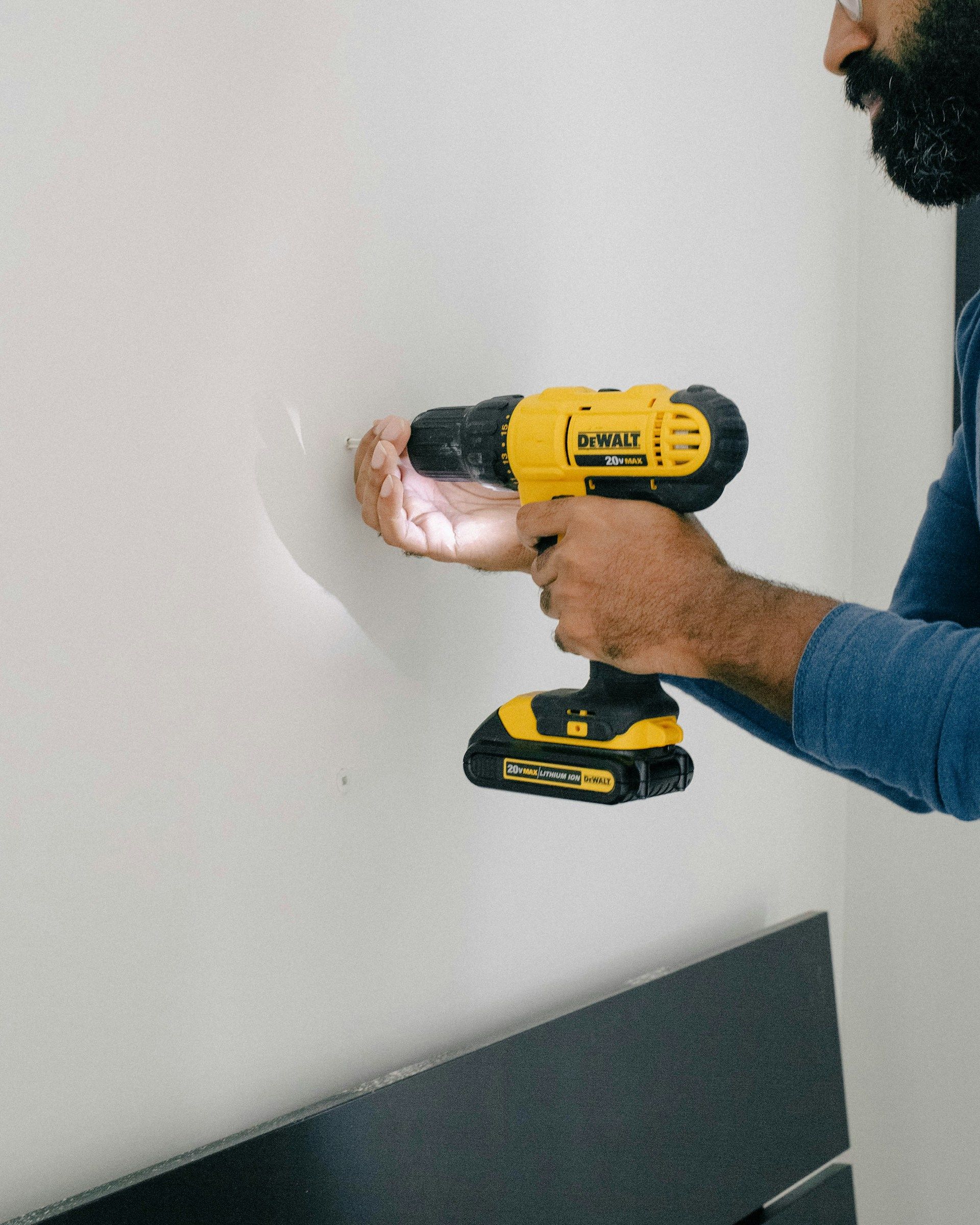business resources
Essential Factors to Consider When Renovating Business Premises
24 Oct 2025, 4:21 am GMT+1
Renovating a business property requires more than aesthetic upgrades. It’s an opportunity to improve energy efficiency, enhance employee comfort, and strengthen brand identity. Whether you’re modernizing an office, expanding a retail space, or updating a warehouse, every decision affects long-term performance and profitability.
A successful renovation begins with understanding how different design and infrastructure choices work together. By evaluating safety, materials, layout, and future scalability, business owners can ensure their investment leads to both immediate improvements and sustained growth.
Structural Integrity and Material Longevity
Before focusing on design, it’s crucial to assess the condition of the existing structure. Foundations, roofing, and framing must be strong enough to support the intended changes. A thorough inspection helps identify issues such as water intrusion, weakened supports, or poor insulation that could undermine future improvements.
When replacing materials, durability should guide every decision. High-quality options can reduce maintenance costs and extend the lifespan of the property. For example, modern shingle-style metal roofing combines the durability of metal with the traditional appearance of asphalt or wood shingles. It resists corrosion, reflects heat effectively, and performs well under heavy rain or snow. This type of upgrade improves long-term protection and enhances the visual appeal of the building, an important consideration for customer-facing businesses.
Upgrading to more resilient materials in walls, floors, and exterior finishes protects the property against wear and environmental stress. Using moisture-resistant products, reinforced framing, and impact-rated windows strengthens the structure against unpredictable weather while reducing repair costs in the future.
Aligning Renovations with Business Function
Every space should serve a clear purpose that aligns with operational needs. For office environments, the layout should balance collaboration areas with quiet zones that support concentration. Retail stores, on the other hand, must guide customers naturally through displays while maintaining accessibility and visibility.
Before construction begins, mapping out traffic patterns helps identify where bottlenecks or inefficiencies could arise. Consider how employees, clients, and visitors will move through the space daily. Strategic placement of reception desks, break areas, and storage rooms can improve workflow and minimize distractions.
Lighting plays a vital role in functionality. Natural light promotes productivity and reduces energy costs, while task lighting ensures work areas remain bright and focused. For hospitality or retail spaces, the right lighting design creates ambiance and encourages customer engagement.
Energy Efficiency and Sustainable Design
A renovation provides an ideal opportunity to lower energy consumption and implement sustainable design principles. Upgrading to high-performance insulation, energy-efficient HVAC systems, and smart thermostats significantly reduces operating costs. Installing LED lighting, motion sensors, and automated controls ensures that energy is used only when needed.
Water efficiency should be part of the plan. Low-flow fixtures and modern plumbing systems conserve water and reduce monthly expenses. Where possible, consider integrating renewable energy sources such as solar panels to further decrease utility dependence.
Sustainable materials improve performance and strengthen your company’s environmental reputation. Many modern options, such as recycled flooring, eco-friendly paints, and reclaimed wood, offer both aesthetic appeal and long-term value.
Safety and Accessibility Upgrades
All commercial renovations must comply with building codes and safety regulations. Fire protection, electrical systems, and emergency exits should meet or exceed current standards. Investing in safety upgrades ensures employee protection and reduces potential liability.
Accessibility improvements are equally important. Meeting the needs of individuals with disabilities fosters inclusivity and helps the business comply with legal requirements. Ramps, wider doorways, and clear signage enhance mobility throughout the property.
Safety extends to construction itself. During renovation, clear communication between contractors, managers, and staff helps prevent accidents. Setting up temporary work zones and restricting access to active construction areas keep operations running smoothly and minimize disruptions.
Modernizing Technology and Infrastructure
Technology forms the backbone of today’s businesses. A well-planned renovation should include infrastructure to support future digital needs. Structured cabling, high-speed internet access points, and advanced security systems ensure seamless connectivity across all departments.
For retail or customer-facing environments, integrating smart technology, like automated lighting, climate control, and energy monitoring, can enhance both customer experience and operational efficiency. In offices, investing in modern conference systems and adaptable workstations encourages collaboration while preparing the space for hybrid work models.
Business owners should plan for scalability. Technology evolves rapidly, so leaving room for future upgrades, such as expanded server capacity or additional wiring, prevents expensive overhauls later.
Budget Planning and Timeline Management
One of the most challenging aspects of renovation is managing budget and time effectively. Unexpected costs can arise from structural issues, material shortages, or design changes. Building a contingency fund of at least 10–15% helps absorb unforeseen expenses without halting progress.
Establishing a realistic timeline ensures the project stays on track. Collaborating closely with contractors and designers allows for early identification of potential delays. For businesses that must remain operational during renovations, scheduling work in phases or during off-hours minimizes downtime and maintains customer service continuity.

Renovating business premises is both a financial investment and a strategic opportunity. By prioritizing safety, sustainability, and design functionality, businesses can create environments that inspire productivity, attract clients, and stand the test of time.
From durable materials to efficient layouts, every choice contributes to performance and long-term success. With careful planning and a clear vision, renovation becomes more than an upgrade, it becomes the foundation for future growth.
Share this
Arthur Brown
Writer
A dad of 3 kids and a keen writer covering a range of topics such as Internet marketing, SEO and more! When not writing, he's found behind a drum kit.
previous
Which is the Best Trading Broker in 2025?
next
Bagaimana Memilih Broker Forex Terbaik?